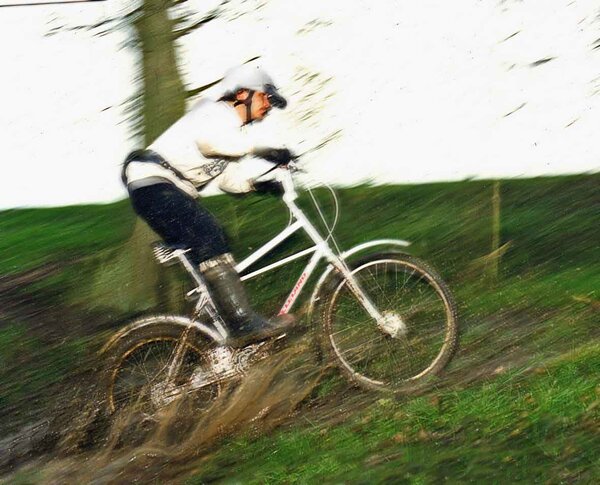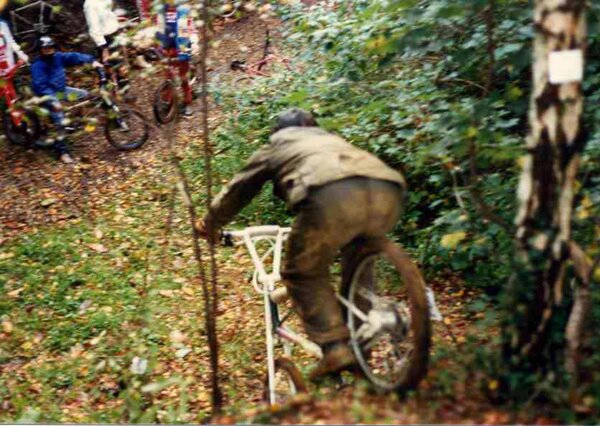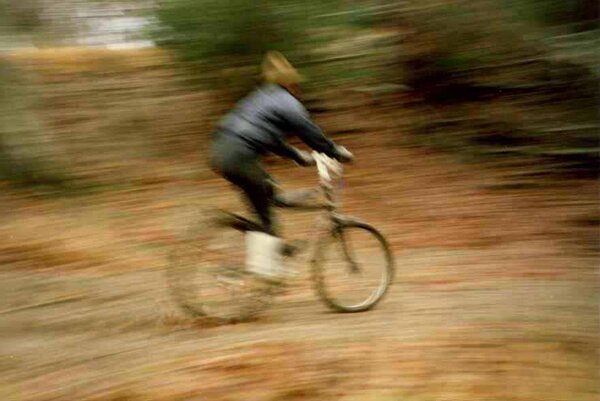Mike Burrows has something to say about shorter cranks
Here's Mike Burrows' take on both crank length and Biopace...
"Another favourite with inventors. The idea is that, if you could arrange for the crank to be longer than normal on the power stroke, and shorter than normal on the return, you will get more power -but without the problems of leg stretch that a fixed length crank would cause.
Wrong again. You don't get more power with a long crank, sliding or otherwise. You just get a different gear. 'Power' is a function of force and speed combined. And for the devices that change the ratio of power to rest this reduces the muscle's rest time and so lowers its potential for generating thrust. The same effect can be produced by fitting oval chainrings the 'wrong' way, like Biopace, thus avoiding the need for a piece of mechanism that looks like part of a robot dishwasher."
In other words the relationship between the input and the output of any lever can be seen as one of relative speed (velocity ratio), and relative force, (mechanical advantage). The ratio of input and output 'power' will remain the same as no new power is created by the mechanism.
Man Machine interface...The power output of the human leg however, varies with leg extension. Therefore, there must be an optimal stroke length/crank length and cadence for a given person. It's really a question of the obtaining the most efficient transfer of power and finding which crank length provides the most efficient cadence.
Wheel Spin…
The issue of large amounts of mechanical advantage (i.e. a very low gear), is that this can cause wheel spin. To stop this you need a smaller force that is delivered for a longer time.
and Wheelies…
The other problem with large amounts of mechanical advantage, delivered suddenly, is torque reaction. The effect of this is that the front wheel tries to lift off the ground and you need to move your body weight forward to keep the wheel down. This in tern reduces the weight and friction on the rear wheel, that now begins to slip.
The whole thing is a balancing act: with rear wheel friction balanced against front wheel lift and the whole show controlled by the centre of gravity pushing down on things from above. That is why it's important to keep the rear end short, and the riders weight, mobile.
:shock: It’s funny how bicycles are easier to ride, than explain. :shock:
Anyone want to explain how the ‘Bunny Hop’ works?


